Going Below Minimums
AV Web
MAY 6, 2025
The FAA doesnt guarantee terrain clearance at minimums all the way to the next state. However the indicated airspeed at which you circle is not the same as the true airspeed , and of course the difference increases with altitude. In fact, the area that is clear of obstacles at minimums is very small.

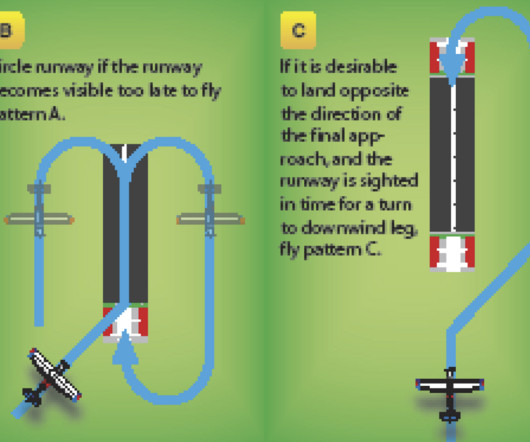



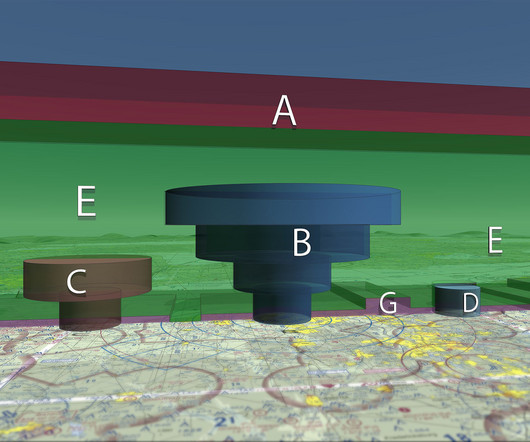
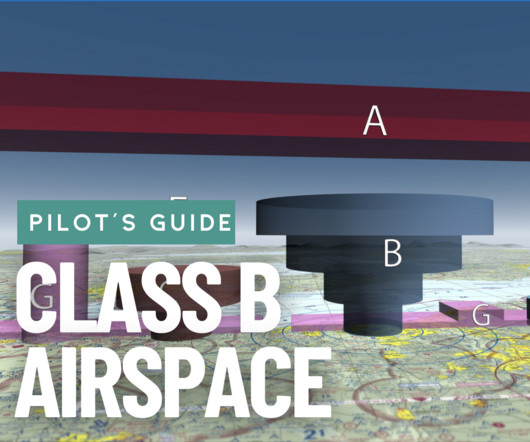
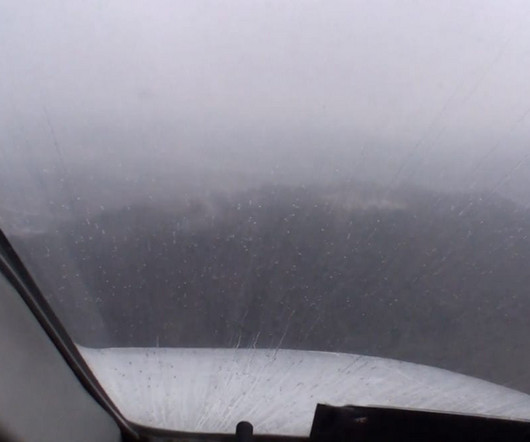
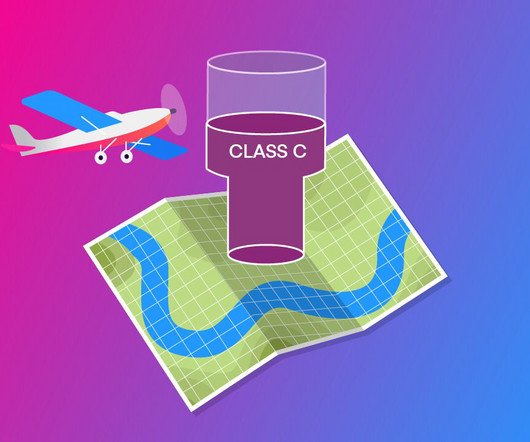
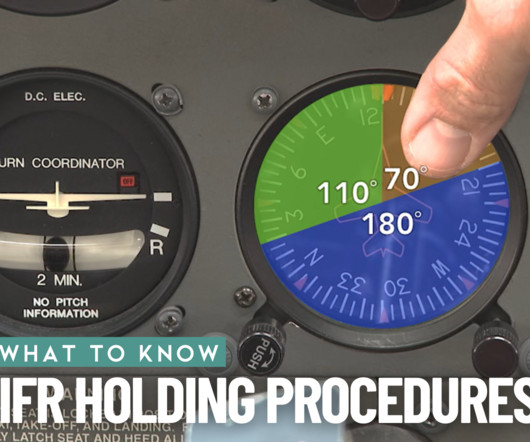

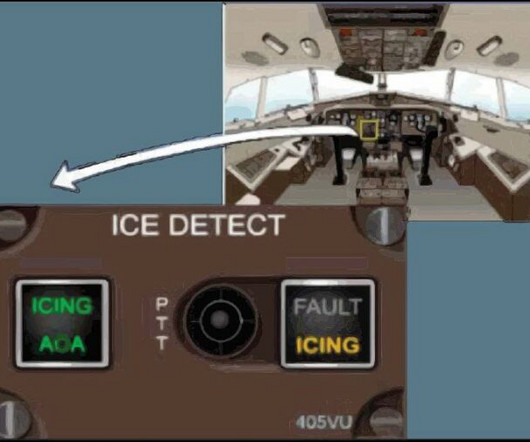









Let's personalize your content